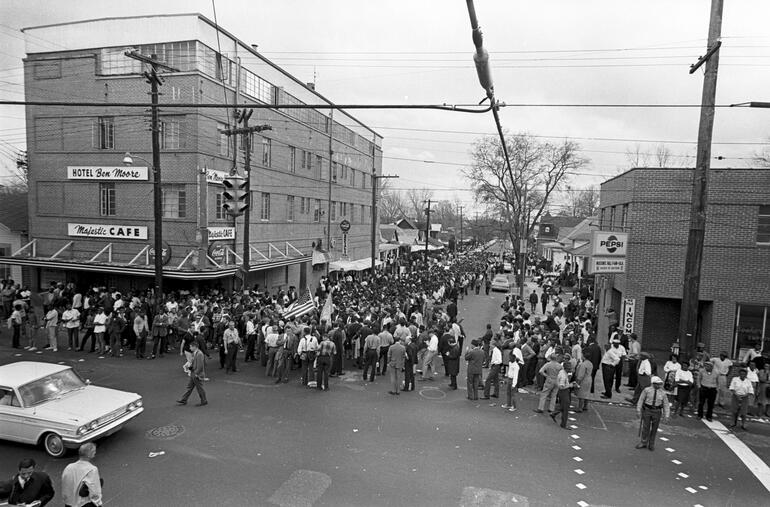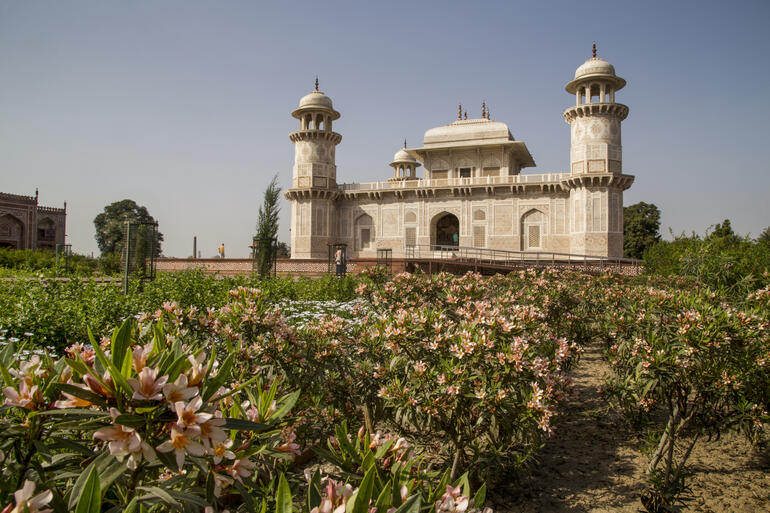
January
WMF and the Archaeological Survey of India celebrated the completion of the restoration of significant features of two of India’s most celebrated Mughal gardens—Mehtab Bagh, and the Garden of the Tomb of I’timad-ud-Daulah at Agra. Four years of rigorous work included restoring the authentic form of the gardens, re-activating their water features, and enhancing visitor experience through a new Interpretation Center.
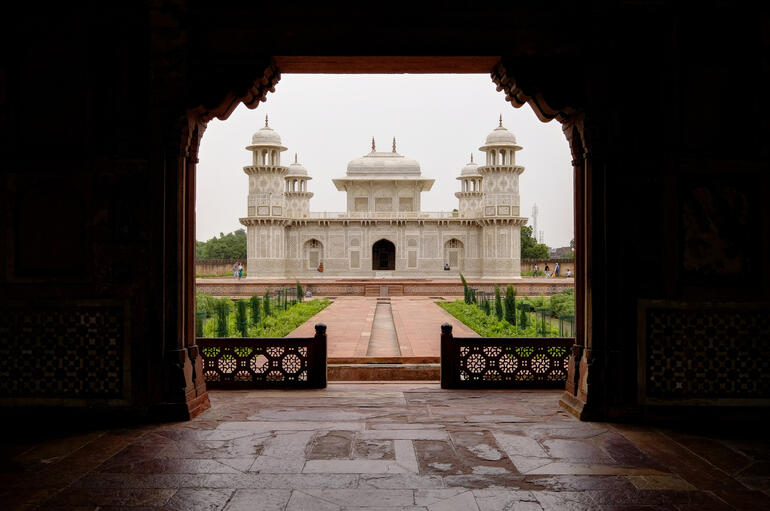
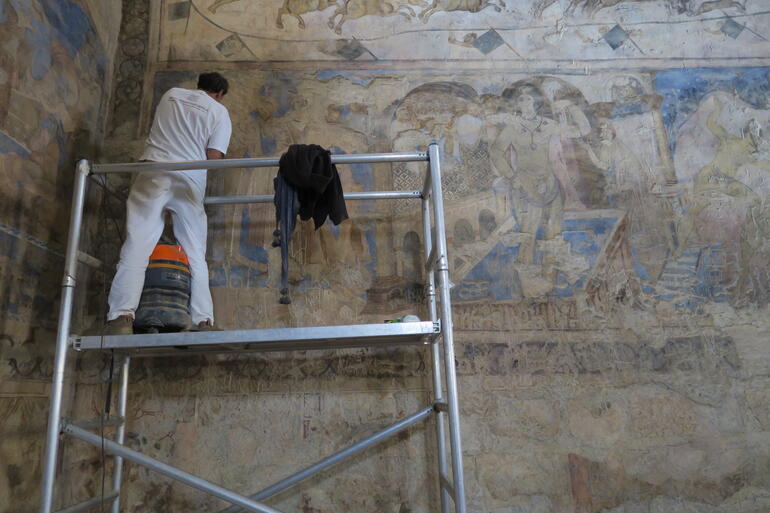
February
The Robert W. Wilson Charitable Trust announced $2 million in funding to WMF to continue preservation at five sites—Angkor Archaeological Park in Cambodia, Santa Clara Convent in Cuba, Potager du Roi in France, Char Narayan Temple in Nepal, and Qusayr ‘Amra in Jordan.
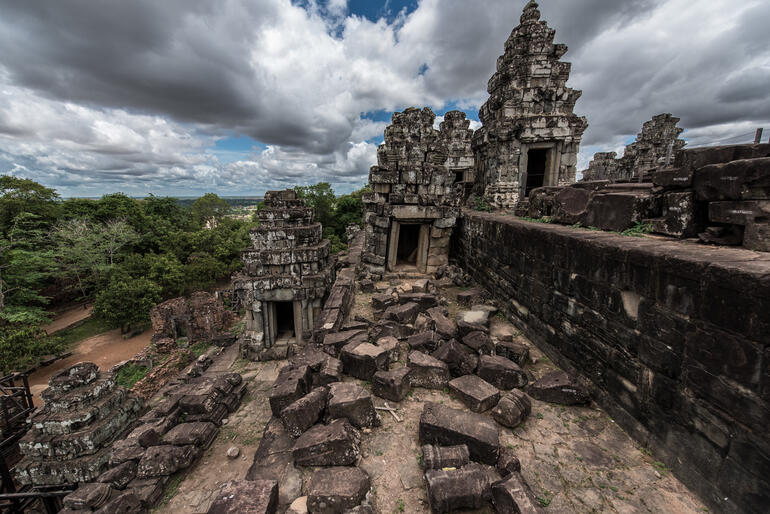
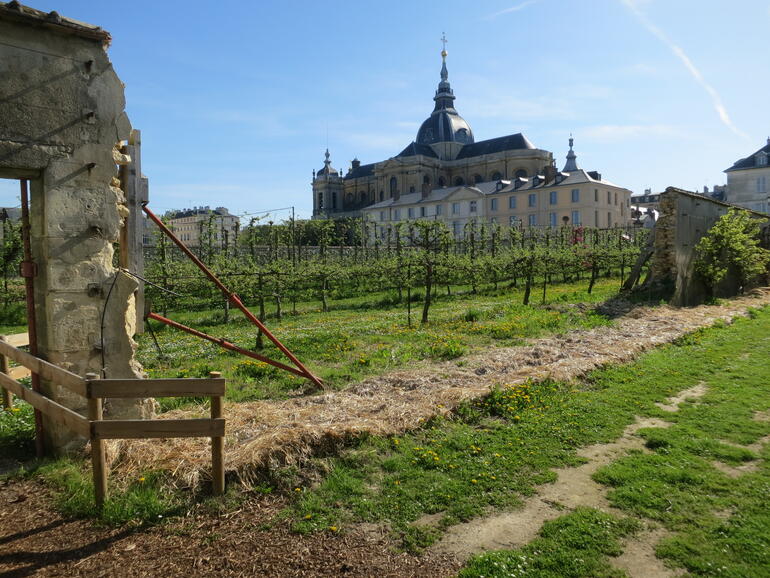
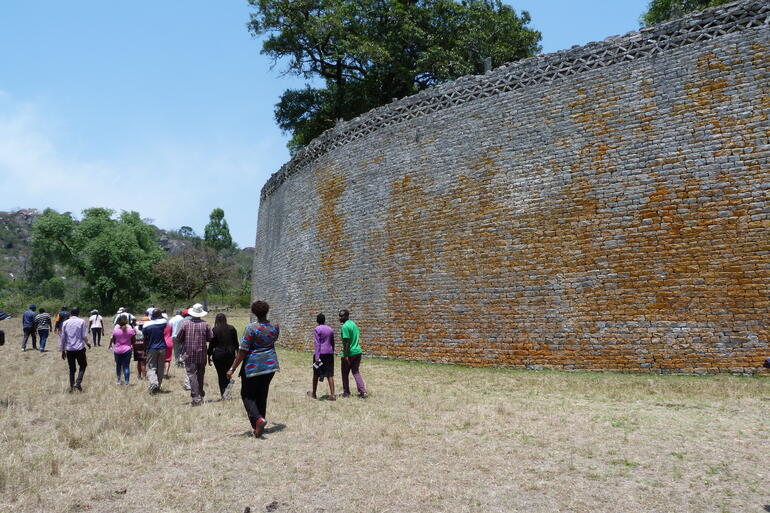
March
Conservation work began at Great Zimbabwe, the late-Iron Age monumental capital of the Kingdom of Zimbabwe and a 2016 World Monuments Watch site. In collaboration with the National Museums and Monuments of Zimbabwe, WMF is restoring the dry-stone structures and training local technicians in dry-stone conservation. Special thanks to the Ambassadors Fund for Cultural Preservation for making this work possible.
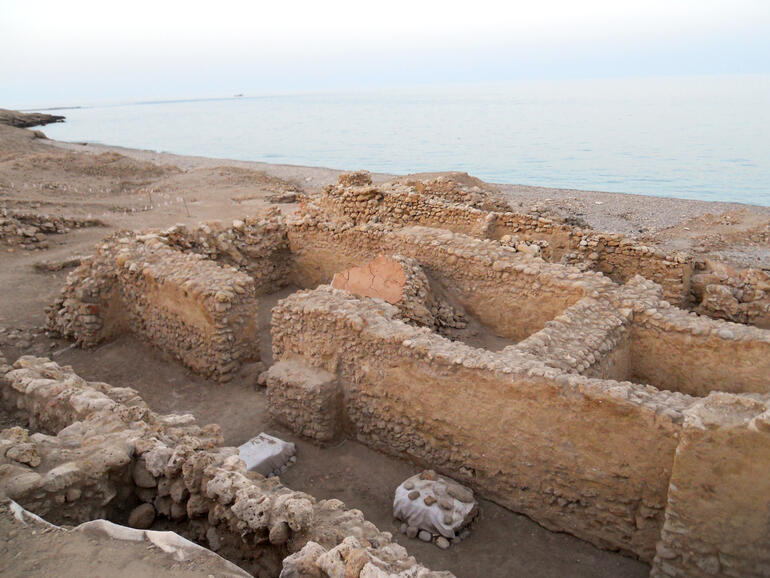
April
The second phase of conservation was completed at the Great Friday Mosque in the ancient city of Qalhât, Oman. In collaboration with the Ministry of Heritage and Culture of the Sultanate of Oman (MHC), WMF and an international team of heritage conservation experts stabilized and restored the remains of the mosque and its fragile plaster and decorative stucco. Exactly one year earlier, the site was inscribed on the UNESCO World Heritage List.
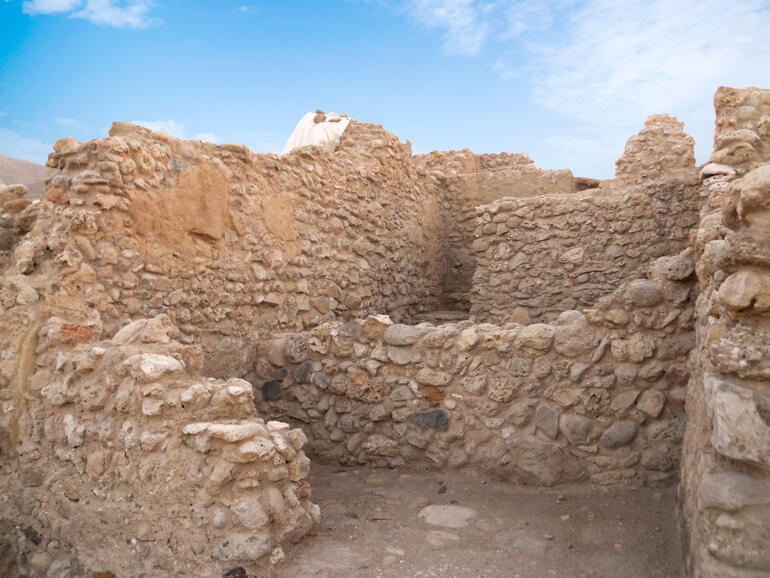
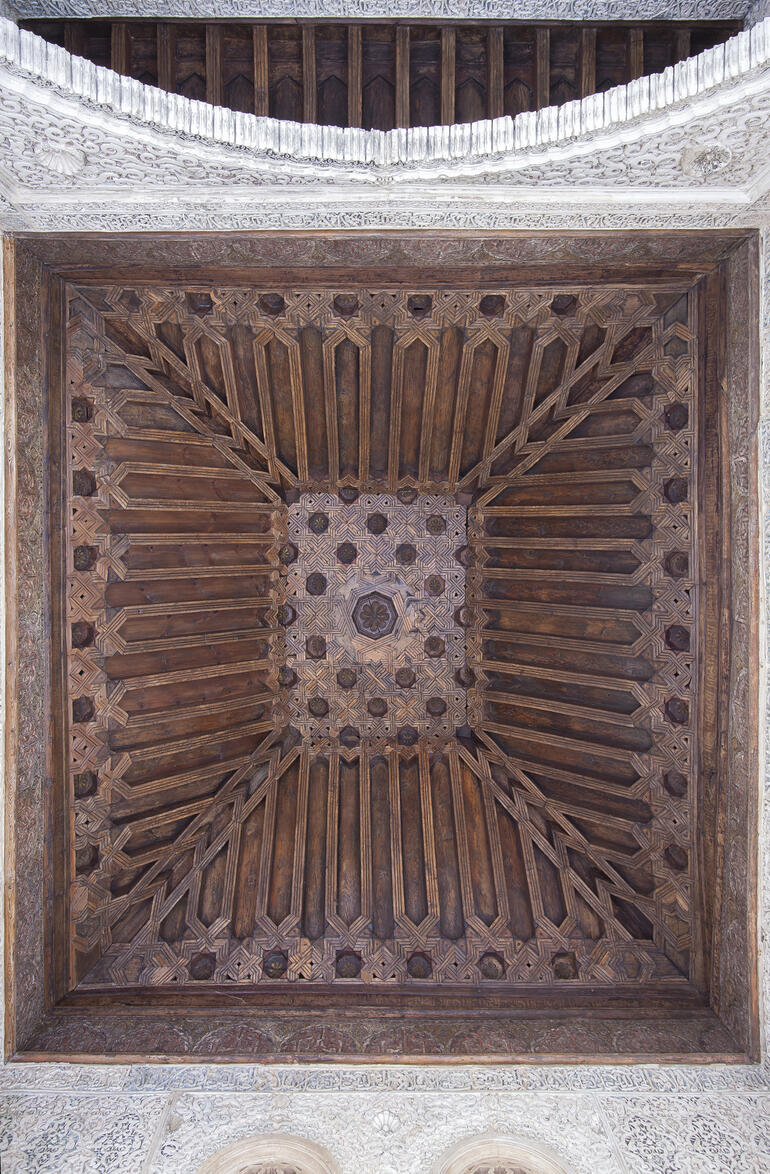
May
WMF and Junta de Andalucia were recognized with the Grand Prix in Conservation at the 2019 European Heritage Awards / Europa Nostra Awards for our work at the Oratorio del Partal at Alhambra in Granada, Spain. The prize highlighted the conservation of the site's ornate Mudéjar-style wooden ceiling, its supporting structure, and roof.
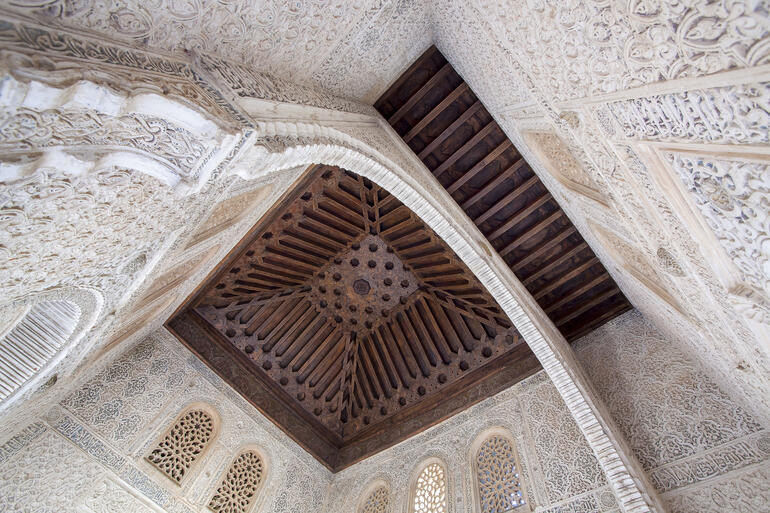
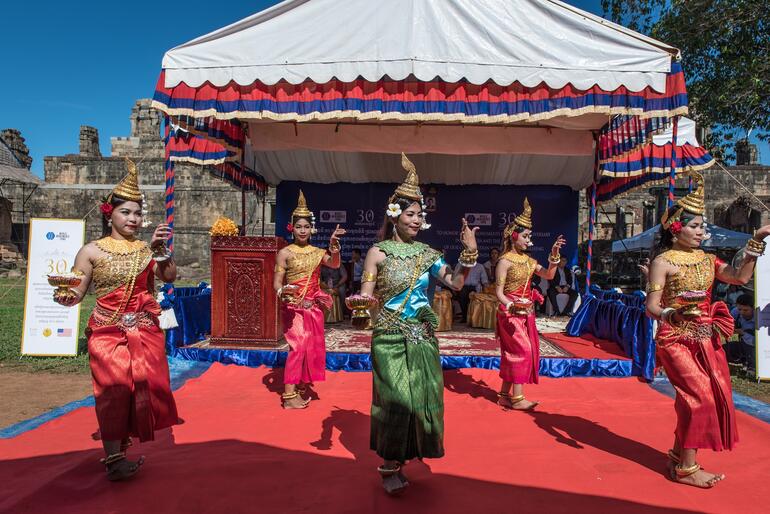
June
We joined our partners APSARA National Authority, the US Embassy in Cambodia, and Cambodia’s Minister of Culture and Arts to celebrate 30 years of conservation work at Angkor Archaeological Park, Cambodia. The occasion also marked the completion of the eastern half of Phnom Bakheng and the beginning of conservation of its western half. Phnom Bakheng is the state temple of the first Khmer capital in the Angkor region and one of the world’s greatest surviving architectural treasures.
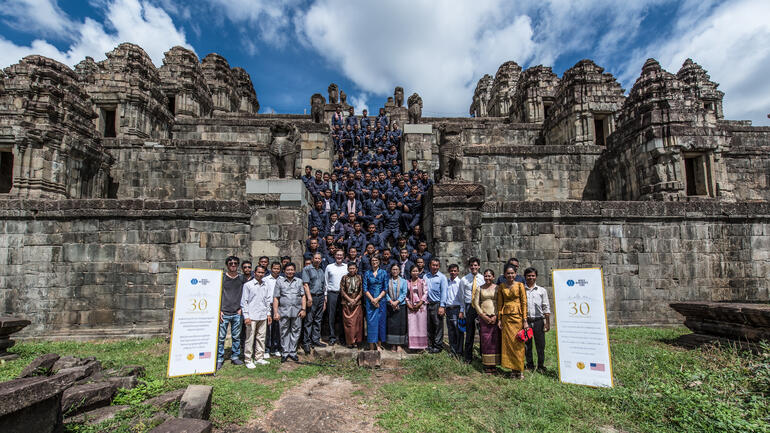
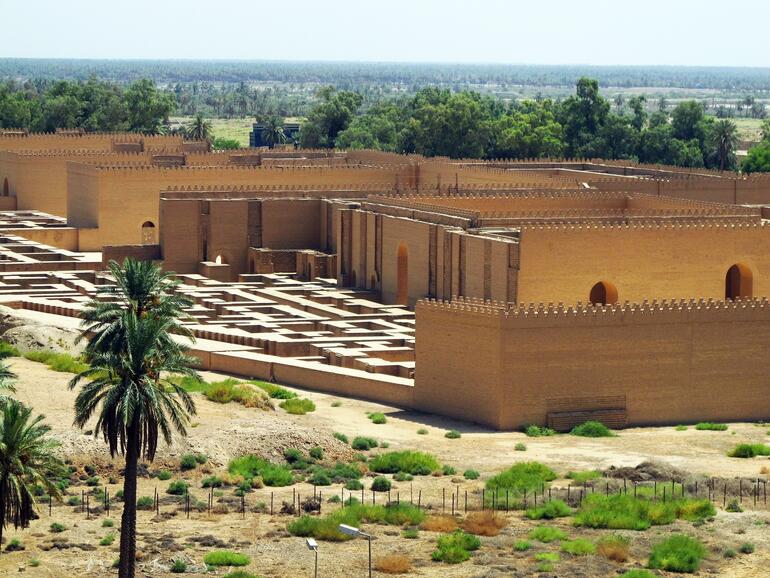
July
A milestone was reached when UNESCO inscribed Babylon, Iraq, on the World Heritage List as a result of WMF’s extensive conservation work at the site. Since 2008, WMF has collaborated with Iraq’s State Board of Antiquities and Heritage to document the site, complete condition surveys, develop conservation plans, and conserve the Lion of Babylon and Ishtar Gate.
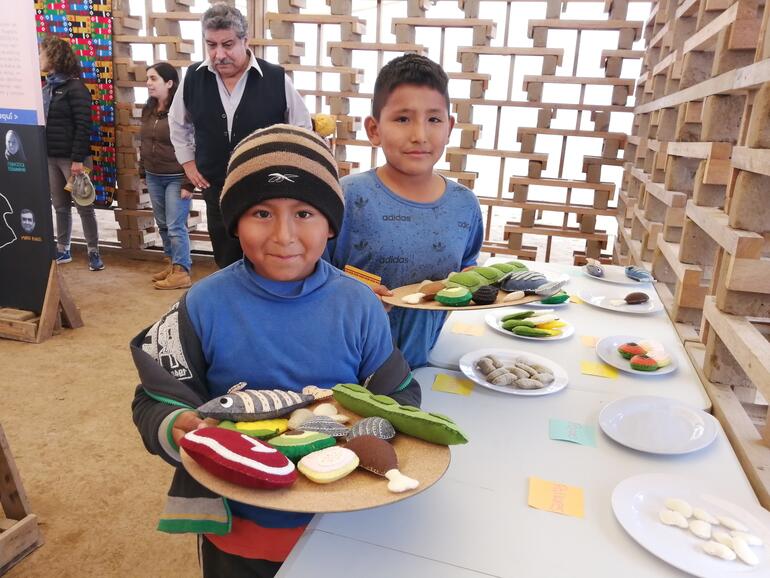
August
A new interpretation center began welcoming visitors at Cerro de Oro Archaeological Zone in Cañete Valley, Peru, a 2018 World Monuments Watch site. The sustainable design incorporates informational panels along a new walking trail and two new viewpoints from which to observe the cultural and natural landscape of the low valley of Cañete.
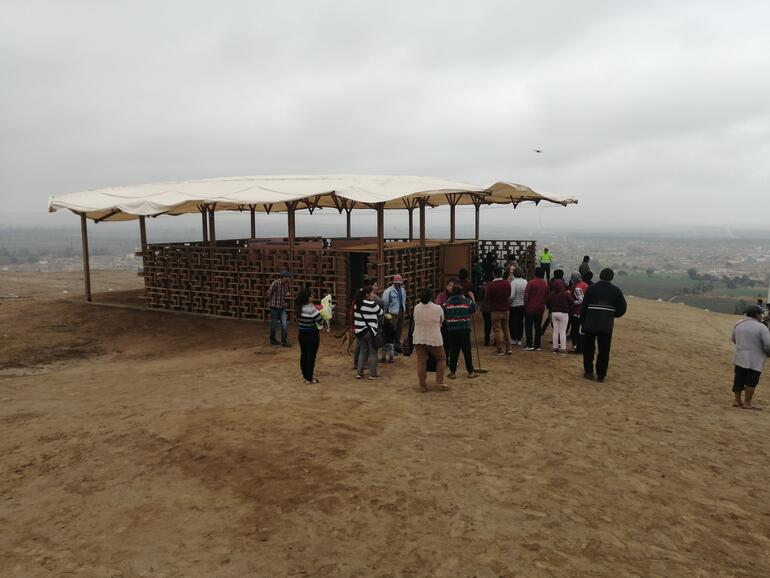
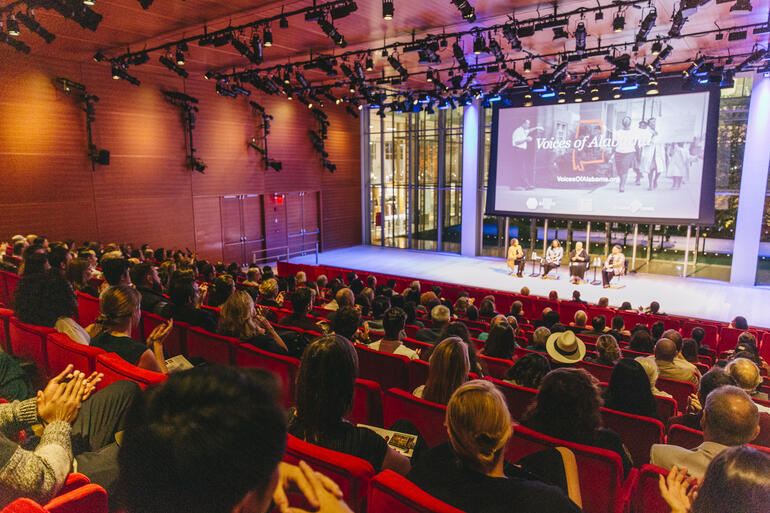
September
WMF launched Voices of Alabama: A Civil Rights Oral History Project, which illuminates a group of 20 Civil Rights sites through storytelling and explores the role of place in the African-American struggle for freedom. To celebrate the launch, we held a dynamic panel discussion on preserving the country’s Civil Rights heritage. Visit VoicesOfAlabama.org to experience all the powerful stories.
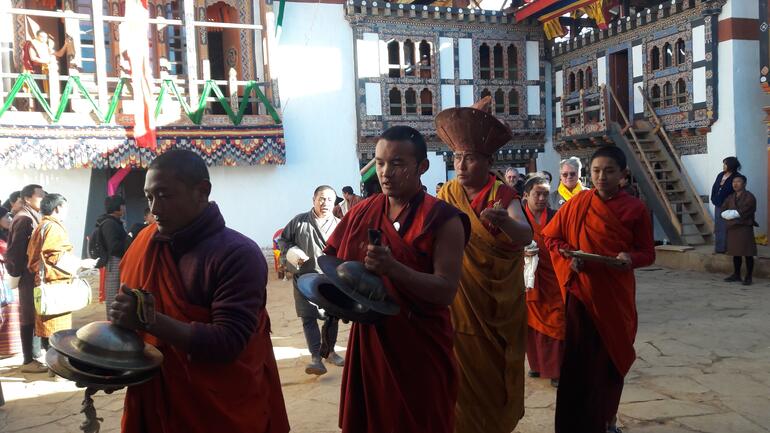
October
WMF was honored with two UNESCO Asia Pacific Heritage Awards for preservation projects at Tseto Goenpa Monastery in Bhutan, and Keneseth Eliyahoo Synagogue in India. Each year, the award recognizes the efforts of private individuals and organizations that have successfully restored and conserved structures and buildings of heritage value in the region.
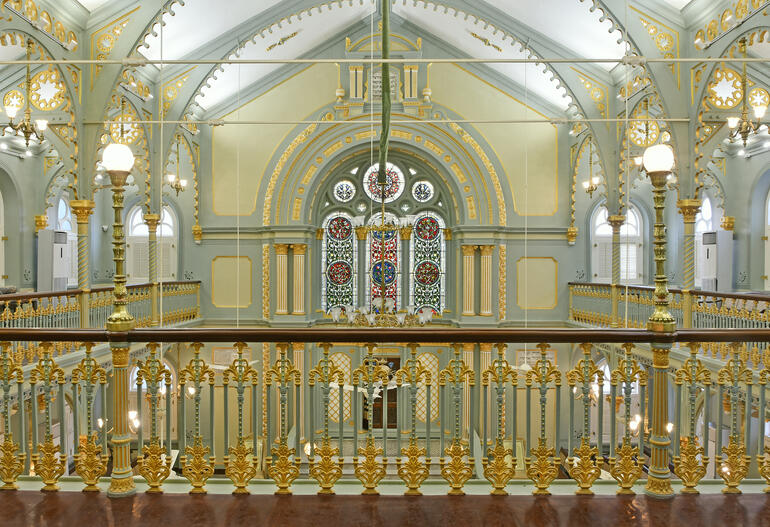
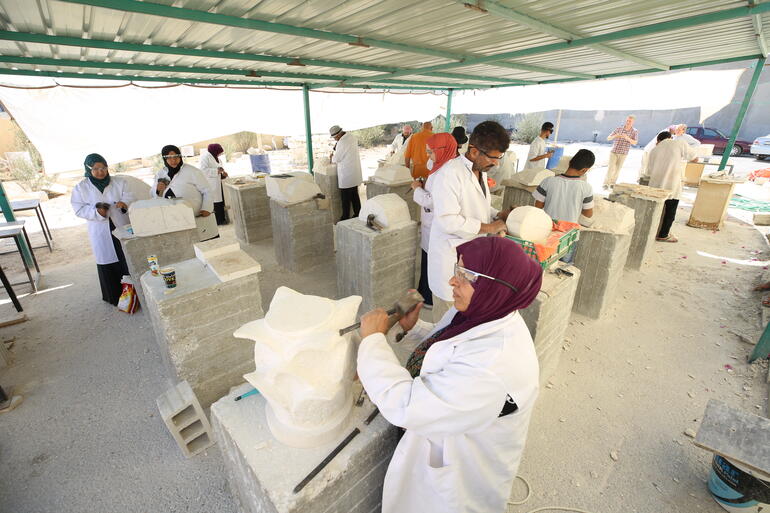
November
The second cycle of our stonemasonry conservation training program in Mafraq, Jordan, was completed, providing 20 trainees with advanced skills and professional development. Since 2017, the program has provided Syrian refugees and Jordanians with stonemasonry training that can help them find jobs and potentially restore conflict-damaged heritage sites. Following this year's graduation, 5 were already employed in relevant fields and the rest were made offers.
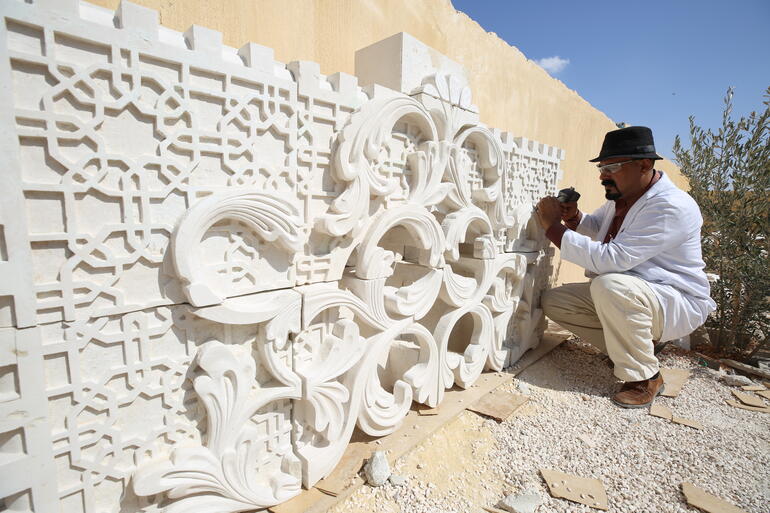
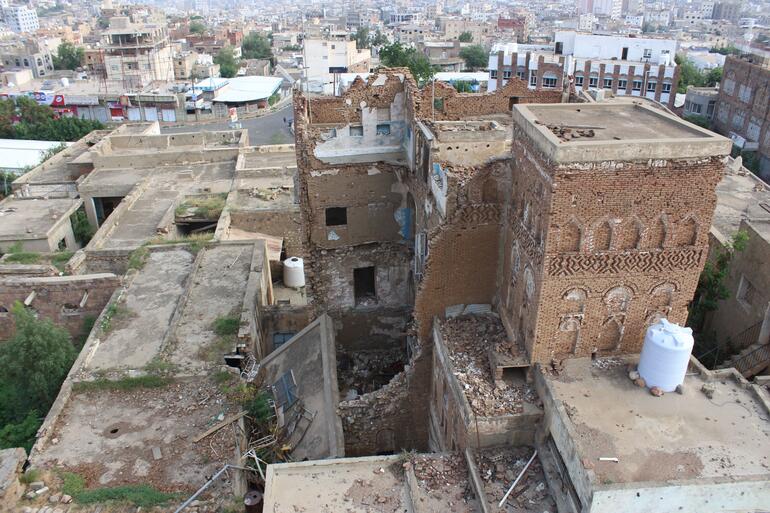
December
WMF and the International Alliance for the protection of heritage in conflict areas (ALIPH) announced a $1.1 million partnership to preserve conflict-affected heritage sites around the world. Funding will help rebuild Mam Rashan Shrine in Mount Sinjar, Iraq, a 2020 World Monuments Watch site destroyed by ISIS in late 2014, and the rehabilitation of Al-Badr Palace in the Old City of Ta’izz, Yemen, a 2018 World Monuments Watch site, which is part of the Ta’izz National Museum complex that was destroyed in Yemen’s Civil War.
As we approach a new decade, we look forward to continuing our work to save extraordinary places and empower the people around them.
Special thanks to all our donors, supporters, and partners who made these and many other projects possible.
Happy holidays!

